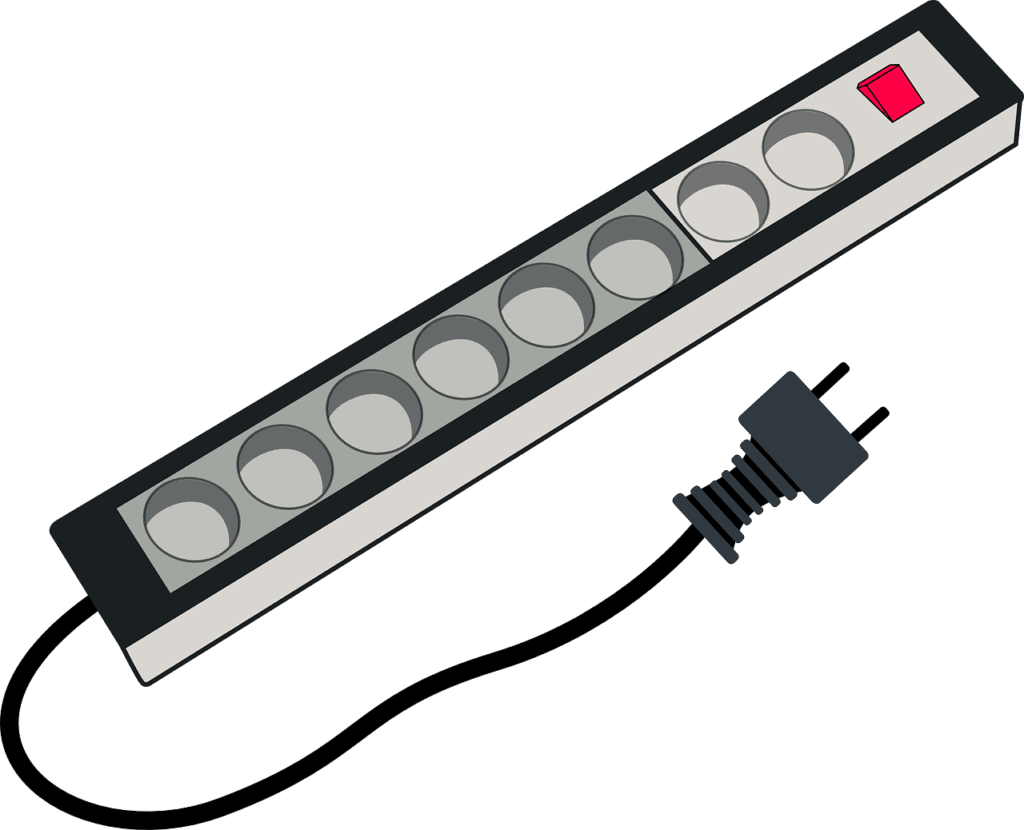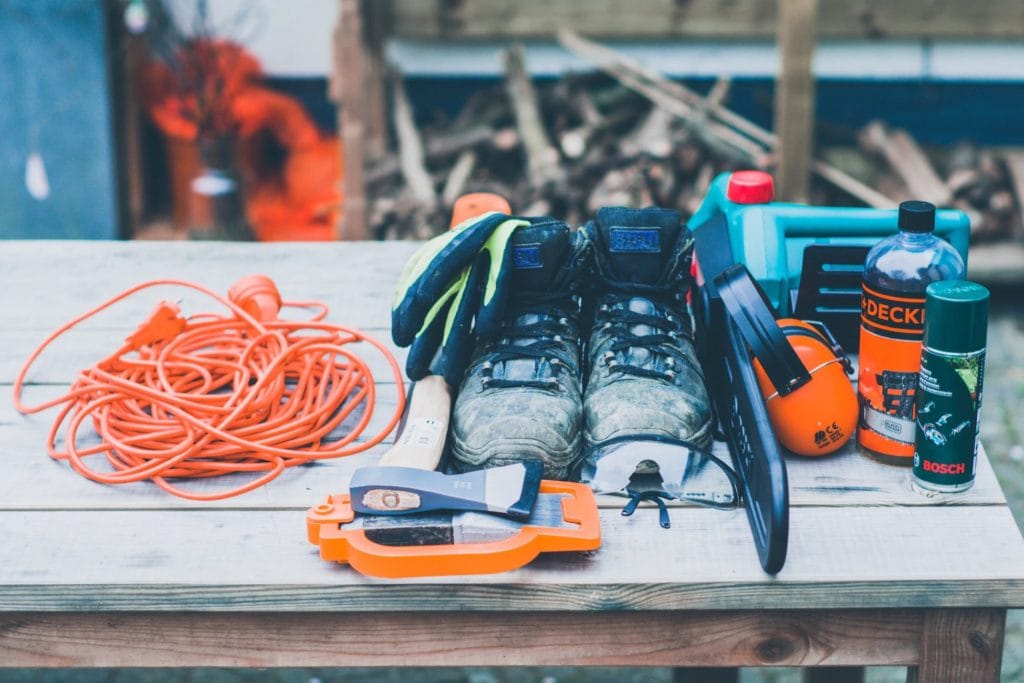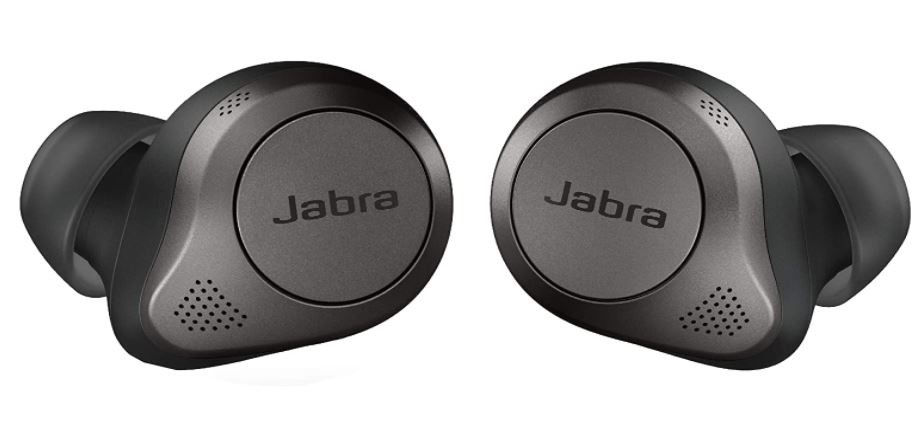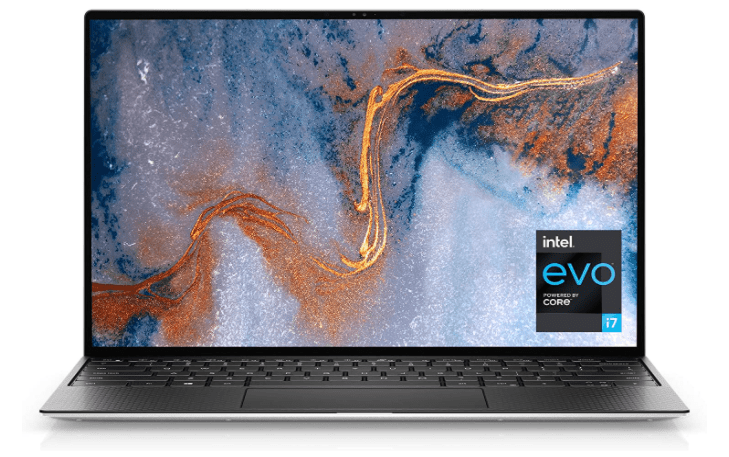Extension cords with switches are an innate part of every household, office space, and work environment. They enable easy access to power supply anywhere and everywhere in a room. While they are beneficial devices, the United States Product Safety Commission reports that they are one of the most dangerous appliances, most often misused.
The reason for this high risk is that people often ignore critical factors such as power capacity, amperage, cord length, quality standards, and other crucial details while choosing an extension cord. These parameters are essential to differentiate the various extension cords to identify the best-suited options for an application.

Here we will explore five consequential extension cord types in detail that every gadget geek should know about.
1. Multi-Plug
Two prongs and three prongs are the most common type of plugs available in extension cords. These are appropriate to connect your desktop, monitor, phone chargers, gaming consoles. While the three-prong system is grounded, two-prong systems are not.
The third prong appears beneath the other two vertical slots and connects to the electrical circuit’s ground. This connection helps reduce the risk of a shock. So, in case of a malfunction or any undesired contact between an open wire and metal casing, the grounding can reduce the user’s damage.
Recently extension cords also carry a USB slot apart from two and three prongs. It eliminates the need for adaptors, and you can directly plug the USB wire into the extension cord to power the device. Note the device’s electrical characteristics and ratings and compare them to the extension cord to avoid damage.
2. Indoor Cords With Switch
An indoor cord is a basic black or white extension cord with a switch. These cords are available in varying lengths in both ground and non-grounded configurations. Indoor extension cords are ideal for connecting gadgets such as table lamps, floor lamps, alarm clocks, portable fans. These are not weather-resistant and therefore should be used for indoor applications only.
Differentiating between light-duty and medium-duty extension cord helps to choose the right products for different devices. For example, televisions, computers, and refrigerators require medium-duty cords with an inbuilt surge protector for best benefits. It helps to protect the device in case of a power fluctuation on the extension cord with a switch.
Typically medium-duty cords can draw up to 10 amps of power compared to light-duty, which can only provide up to 7 amps. Therefore, avoid connecting heat-generating devices like portable heaters and cloth iron to light-duty cords to reduce fire hazard risk.
You might also like Amazon Smart Plug, works with Alexa
3. Red Or Outdoor Extension Cords
An essential point to consider while choosing extension cords for outdoor applications is to opt for materials that can provide enhanced resistance to extreme weather conditions. These cords might end up soaking in the rain, buried in snow, or exposed to excruciating heat, dirt. In each of these cases, the quality of the materials used must reflect through consistent performance and improved safety.
Red extension cords are typically outdoor extension cords created to remain flexible even at sub-freezing temperatures and extreme weather. They are long enough to cover about 50 – 75 feet from the socket and are therefore useful to set up projector screening systems in your gardens, lightings for your poolside, balcony.
4. Small Cord Packs
If you are looking for extension cords only to provide multiple sockets without the need for a lengthy plug, you can explore smaller cord packs. These are ideal for connecting various devices to one outlet at the same time. They quickly provide each of them with the necessary power requirement. Small cords come in simple and elegant designs that are easy to accommodate in small spaces, such as hooks hanging on the wall.
Small extension cords are both useful for indoor as well as outdoor applications. They help to save space and connect multiple gadgets to receive power from one source. But compared to outdoor cords, these are not weather resistant. Therefore, you need to place them carefully without exposing them to water, heat, or snow for safe usage.
5. Heavy Duty Cords
If you are scooping out the best extension cords to support your garage experiments, then a heavy-duty extension cord is a must. They can draw up to 15 amps of power which makes them ideal for heavy equipment that involves a lot of heat dissipation, and therefore, higher power draw.

Most heavy-duty extension cords contain a plug prong for grounding to operate devices safely. You can try varying cord lengths according to your applications, although it is good to practice keeping shorter cord lengths for optimal functioning.
An important point to remember while working with extension cords in humid or below grade environments like basements is to choose a cord with a GFCI or ground fault circuit interpreter. You can buy cards with built-in GFCI or connect them to an outlet with the provision to reduce shock or fire hazards.
Conclusion
Choosing the right type of extension cord based on application, device amperage, power consumption, and requirement area can protect your devices as well as ensure your safety while operating them. Explore the market to identify the best vendors while purchasing extension cords.
Go through the many safety precautions embedded in the system, such as a fuse. Also, read the maximum power ratings before plugging in the devices for the best results.
Would you like to read more about extension cord-related articles? If so, we invite you to take a look at our other tech topics before you leave!










